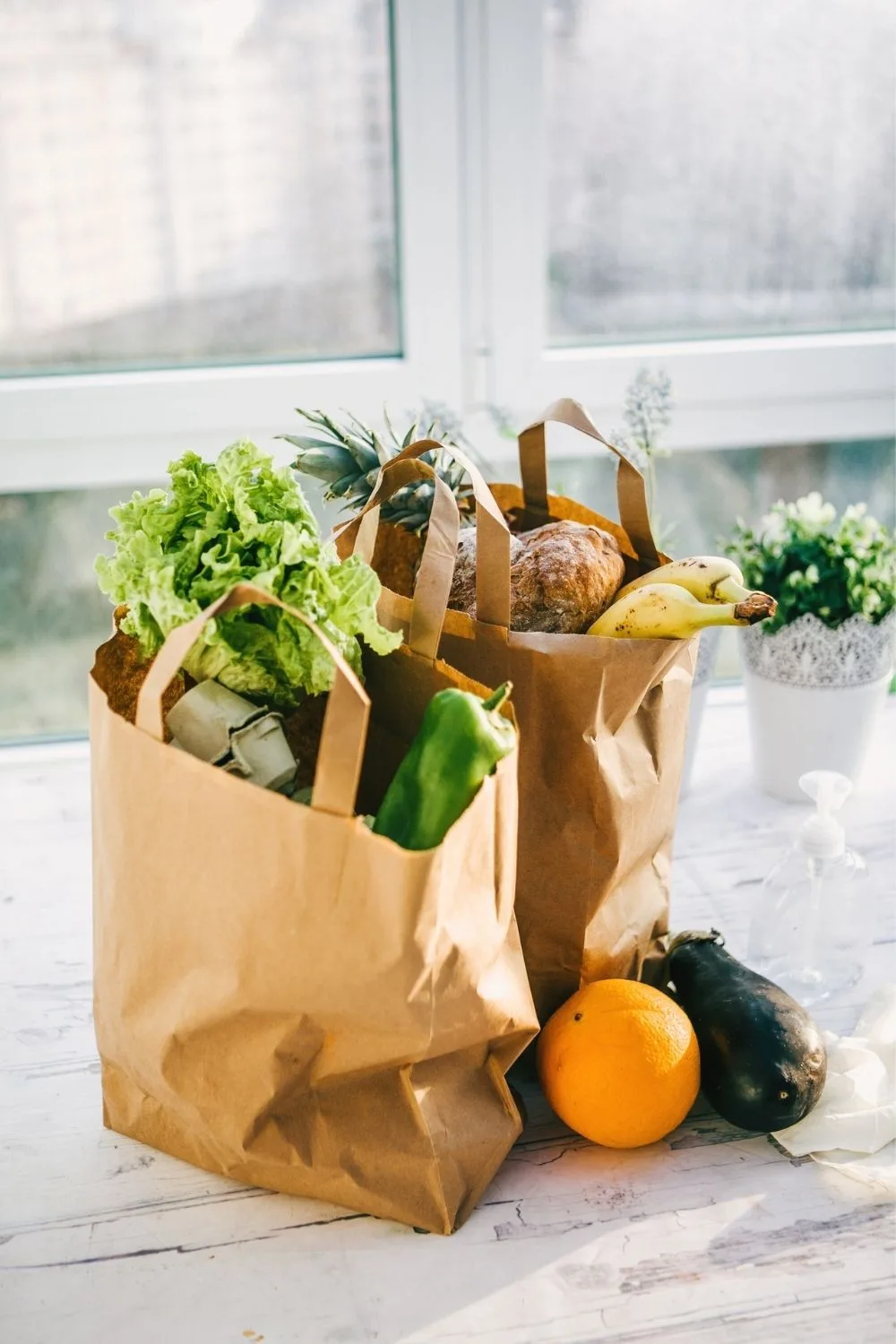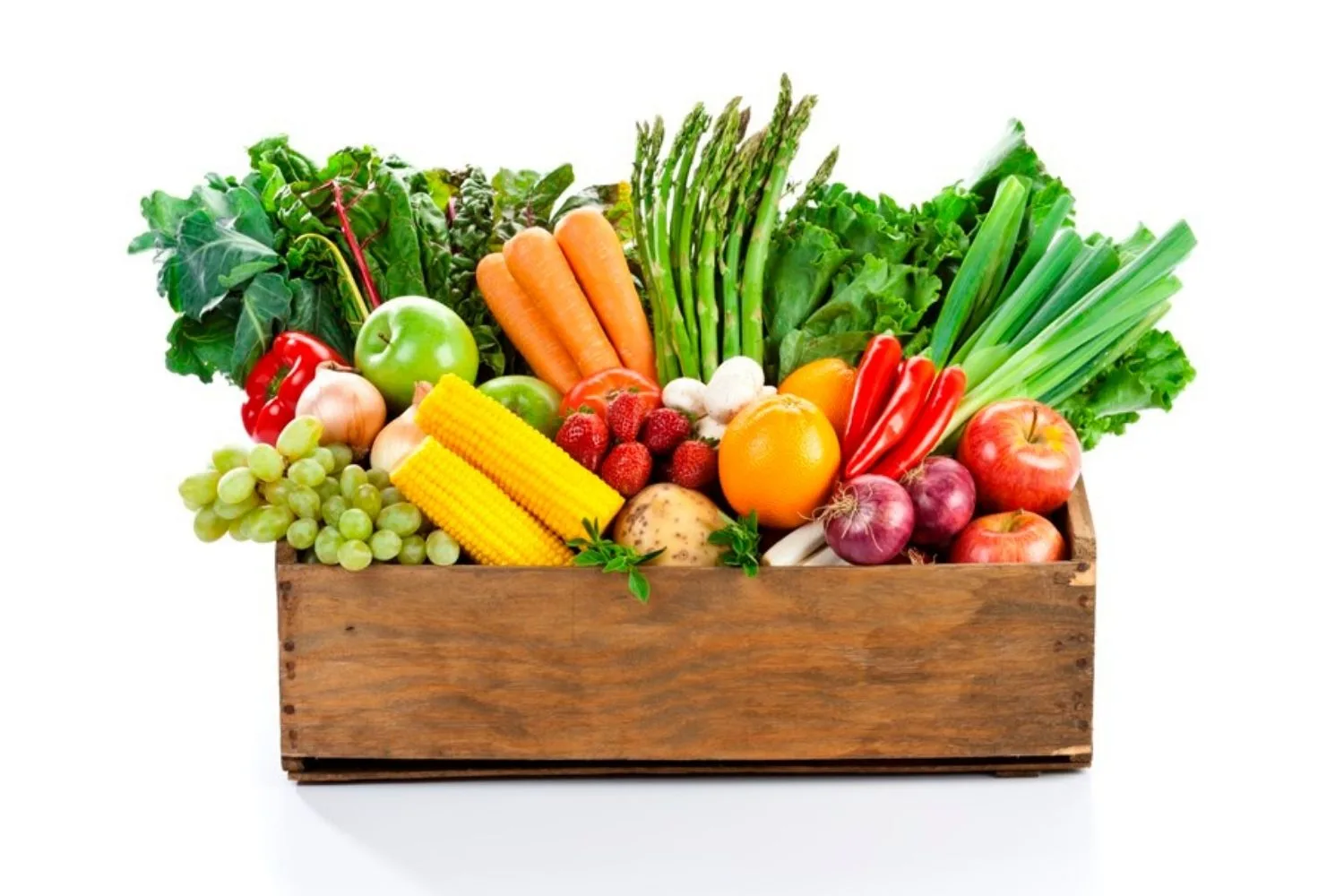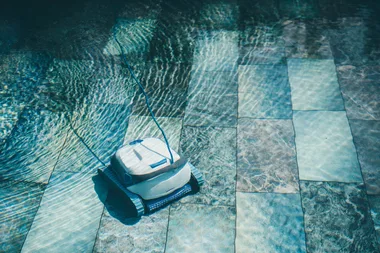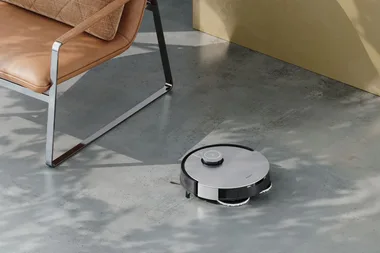While eating fruit and vegetables every day is considered the key to a healthy lifestyle, it turns out the way you eat it is just as important.
According to a study, most Aussies aren’t meeting the recommended intake of fruit and veg, and those that do are losing out on all the nutritional value by eating them wrong.
Clinical nutritionist and food scientist Dr Vincent Candrawinata has weighed in on the topic with some new advice.
According to him, the best way to avoid losing nutrients is to purchase, store, and eat fruit and veg in their natural state.
These are his top tips for the making the most of your next meal!

Don’t cut, peel, or rinse
By incorrectly prepping fruit and veg you can miss out on all the good vitamin C, vitamin A and vitamin E properties. The skin of fruit and veg protects these antioxidant vitamins and when cut or peeled they can decline.
“It is also important to note that you could quite literally be pouring vitamins down the drain by rinsing your cut produce. Water-soluble vitamins, like vitamin C, are carried by water and can leak out after cutting or in water,” says Dr Vincent.
The best way to preserve the vitamins is to only cut and rinse on the day you eat them and keep any leftovers in an airtight container in the fridge.

Use the right knife
According to Dr Vincent, a blunt knife can seriously affect the quality of our fruit and veg. “With a sharp knife you will decrease the risk of excessive softening, bacterial growth, off-odours and electrolyte leakage – such as calcium and potassium – in your fruits and vegetables. In order to keep various nutrients of your fruits and vegetables intact, keeping a sharp knife in your kitchen is a must,” he says.
Cut them to the right size
Though Dr Vincent strongly discourages cutting veg, he says that if it has to be done at all make sure you cut in big chunks.
“The less surface area you expose of your fruits and vegetables, the less risk of vegetables spoiling over a shorter period of time from oxygen exposure.
Discolouration, flavour and texture loss and dehydration, on top of nutrient loss, increases as the cut vegetables get progressively smaller. A general rule to follow is the more finely your fresh vegetables are chopped, the more quickly you should eat them,” he said.

Avoid pre-cut vegetables
Buying pre-cut vegetables can save you time that’s a given, but it’s a rule of thumb that fresh is always best. However, if at the end of the day prepping the veg is putting you off eating them, then pre-cut is better than nothing.
Here are Dr. Vincent’s tips for maximising your nutriontial intake when shopping pre-cut.
Firstly, only buy pre-cut veg that has been refrigerated, be sure to check the dates on the packet as time is a big part of nutrient loss so grab from the back, not the front. Grab for the container with the bigger cut chunks and be sure to consume within five days.
You may also like
12 ways to use bruised, ugly and overripe produce
 Getty
Getty









